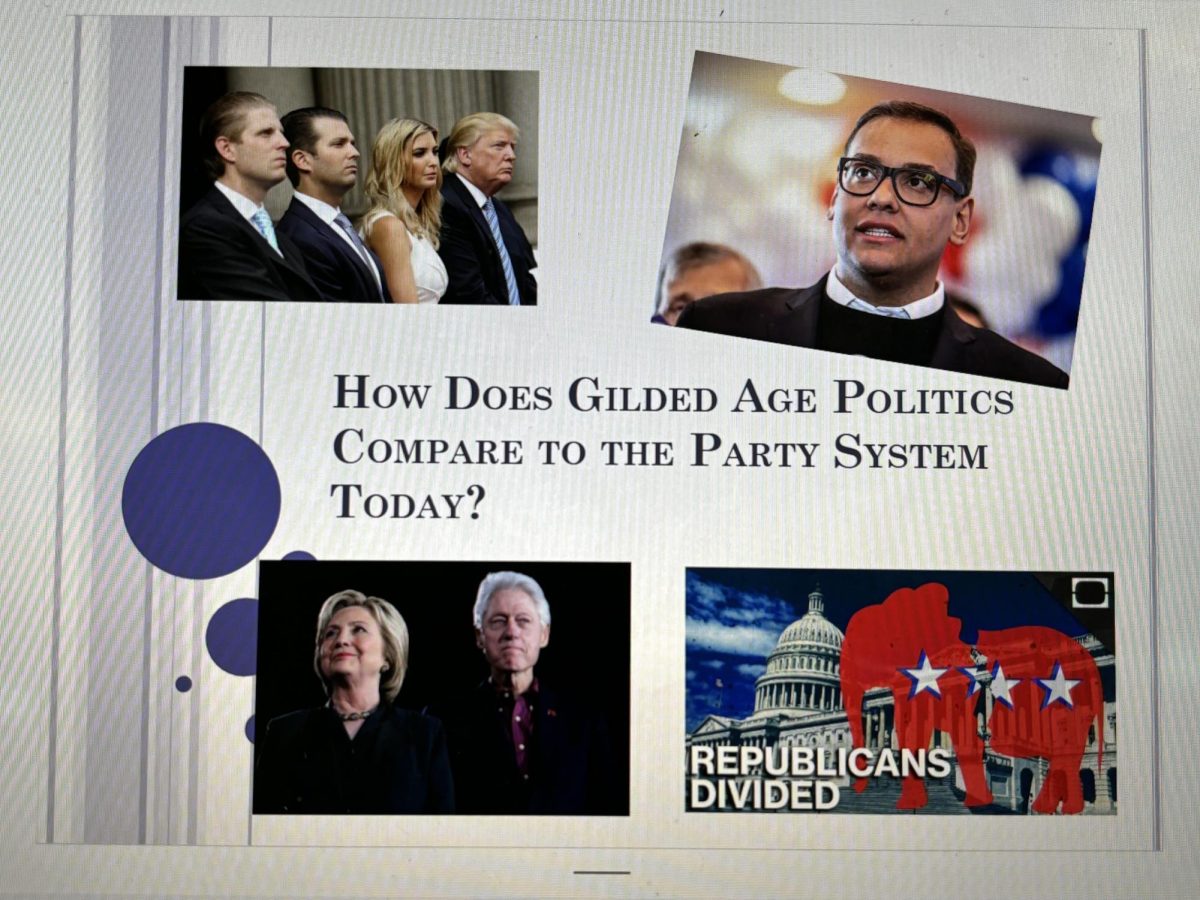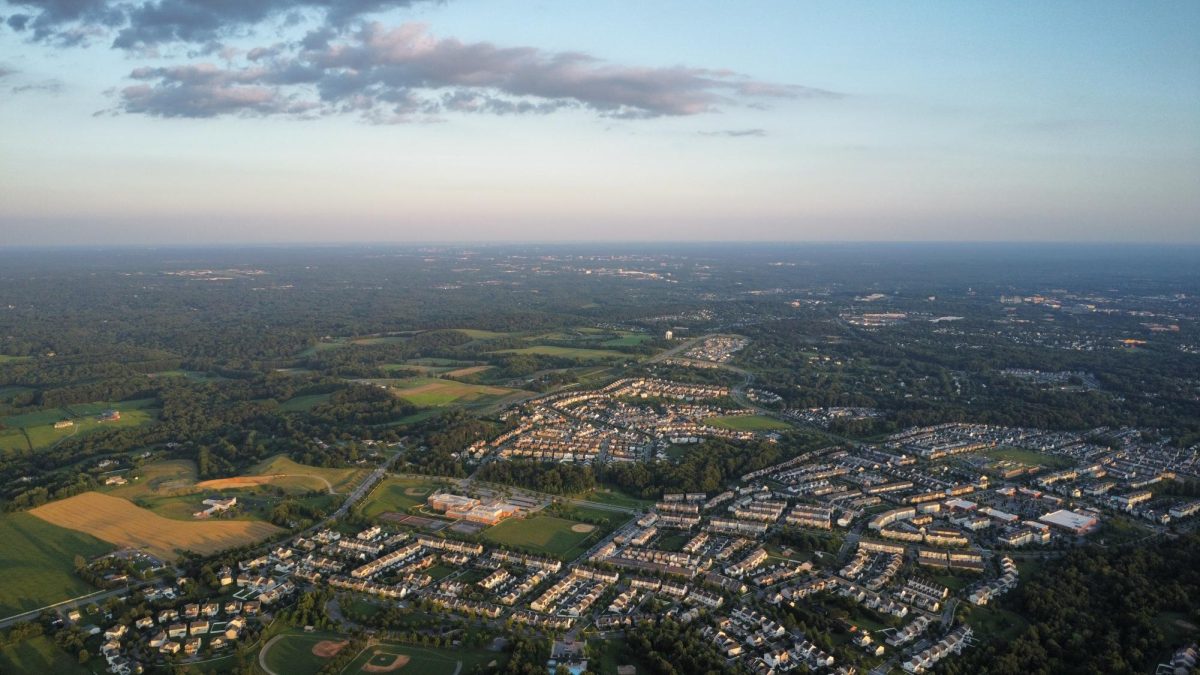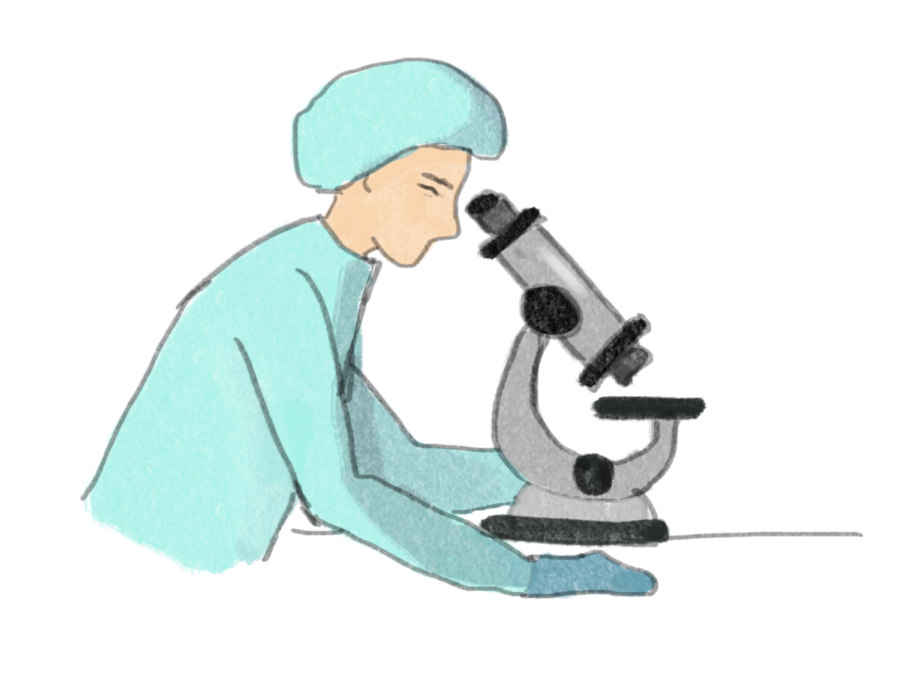Throughout the nation and across the world, people face a massive issue: wealth inequality. Although GDP (Gross Domestic Product) per household is steadily increasing, the richest members of society are becoming exponentially richer. This has led to the widening gap between the rich and the common folk, with the top 1 percent of owners owning almost one-third of the nation’s wealth. The devastating situation the economy is in draws immense parallels to another period of tremendous wealth inequality: The Gilded Age. Various aspects of the economy mirror this era, something that is detrimental to the majority of Americans.
The Gilded Age lasted from the late 1870s to the early 1900s and was a time of rapid industrialization and economic growth. As a result, many key figures such as John D. Rockefeller, Andrew Carnegie, and Cornelius Vanderbilt, amassed large fortunes by controlling large industries such as railroads, steel, and oil. Although this economic growth was positive at face value, there were many underlying issues present.“You have a very wealthy class of people who control a lot of the wealth and the power, and then you have most of America who is not,” AP U.S. History teacher Mrs. MacFarlane said.
This stark division between the wealthy elite and the rest of the population led to extreme inequality, as the wealthier, more powerful people were able to make decisions that benefitted themselves while hurting the rest of Americans. Corruption was rampant as wealthy industrialists used their political influence to protect their monopolies, ensuring that the economic system benefitted them. Moreover, social mobility was extremely limited, as it was virtually impossible to move up a class, especially with the prominence of low-paying factory jobs with poor conditions.
Although the economic landscape has vastly changed with technological advances and a different relationship between corporations and government, today’s economy still maintains the essential characteristics of the “Gilded Age.” Wealthy individuals continue to gain more power and influence, much like the famed industrialists of the past. For example, Elon Musk, the richest man in the world, now heads the United States Department of Government Efficiency (DOGE), aiming to ensure proper governmental spending. “I think that’s a problem because you have someone who owns and runs a lot of businesses and has a lot of financial power exerting influence of the government, and I do think that’s a conflict of interest,” said Mrs. MacFarlane.
The practice of campaign funding is problematic regarding the influence of wealth. “The connection between wealthy people and the government is very close through campaign funding and whatnot,” junior Derek Wang said. The biggest companies in the world and their owners contribute hundreds of billions of dollars to political parties in America, all with a mindset of self interest. This is another striking similarity with the Gilded Age, as many politicians are still used as pawns by corporations in order to serve their interests, ultimately benefiting the rich and compounding their wealth. Yikes.
Social mobility remains restricted today, though not to the extreme levels seen during the Gilded Age. While access to resources and opportunities is more abundant than ever, the current economic system still poses significant barriers to upward mobility. Despite the vast global economy and various ways people can earn extra income, the focus tends to be on funneling people into the middle class, rather than helping everyone advance beyond it. “The economic system is more focused on funneling people into the middle class rather than helping everybody move,” Wang said. This narrowing of upward mobility has resulted in the entrenchment of a disproportionately wealthy class, while the majority of the population remains stuck in stagnant economic positions, unable to break out of the confines of their social status.
The modern economic landscape undeniably mirrors the inequalities and poor characteristics of the Gilded Age. The wealthy continue to gain power and strength, while the rest of the population remains stagnant in their growth. Fortunately, there is still room for hope, as action can be incited to address the root causes of this widening gap. “It is the responsibility of the government to help the people,” Wang said. With adequate governmental intervention, the common folk can see improvements in their quality of life, narrowing this immense gap and fostering a more equitable society for all.
If you would like to voice your opinion on an issue you feel is relevant to our community, please do so here. Anyone is able and welcome to submit a Letter to the Editor, regardless of journalistic experience or writing skills. Submissions may be published either online or in a print issue.














